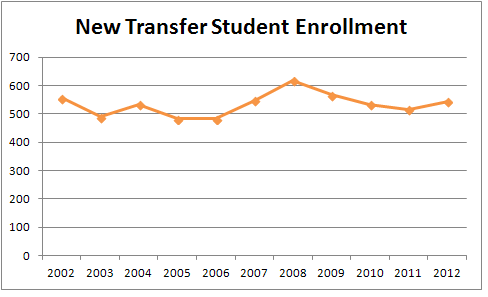So I made the annual pilgrimage back to Ithaca and Cornell for Homecoming. I’d love to say something about how I go back to reminisce about the quality education and think fondly of the many opportunities provides.
But I don’t. I could care less about football, and that plastic wine-glass thing that gave out as a Homecoming gift struck me as so unnecessary in my own home (where we be all fancy and use real glass) that I never even bothered checking in. I went back to see some old faces and attend my fraternity’s annual meeting, where I like to give uncomfortable glances whenever I hear/read things that are disconcerting, like steep increases in expenses, or membership decline, or things in those vein. Since none of their current membership were students while I was, I am able to get away with being a 24-year old curmudgeon. I also had a chance to see a pair of friends (one works at IC, the other is a Cornell PhD student), do acts of young alumni drunkery, and go to the Cornell Orchards for the first time ever.
Since I kept busy, I kept noticing things that I would otherwise hold off on commenting on. Like when I was doing a 4-mile morning run with my best friend, who is a Cornell employee, and we went past the Vine Street Cottages (I did not see any new homes in construction from the trail-side, but I am hopeful they’ve sold another lot or two). I could’ve went running with a camera. Could’ve cancelled lunch plans or dinner plans. But I didn’t. I know Ithaca Builds has a pretty firm grasp on these things. I passed a random house under construction near Honness Lane, and another later in the day on Hanshaw, near Freese Road. As my day went on, I kept taking mental notes, driving past the Goldwin Smith site work, Gates Hall, Seneca Way, Collegetown Terrace, into the city and past Breckenridge Place, and in an attempt to find parking for a West End restaurant, ended up seeing the structural framework going up for the new Planned Parenthood building. For better or worse, this is how my mind is wired. Two of my friends asked if I knew anything about Collegetown Terrace, and I was able to rattle off enough “fast facts” in twenty seconds that they commented that they were surprised and impressed.
It occurred to me in previous years, I would’ve been busting my hump trying to find time to dig out my camera and do a photo tour. But this year was different. I took it easy, I knew I had my stories, and Ithaca Builds has theirs, and they complement each other well. So I could take a deep breath. I could enjoy the extra time. I spent the afternoon before I left not running around like a man on a mission, camera in hand, but at my old fraternity, gathered around the open-porch lounge with about 15 of my contemporaries, some of whom I hadn’t really had a chance to talk to in ages.
It’s odd to say I don’t regret not coming back with a metric ton of photos, but this time around, I feel like my trip back was more fulfilling without them.
But, on my way out of town on 79, I did take photos of the Boiceville Cottages, since they’re outside of Ithaca Builds‘s usual haunts. Comparing to my April photos, Looks like they’ll have built at least 15 units this year.













